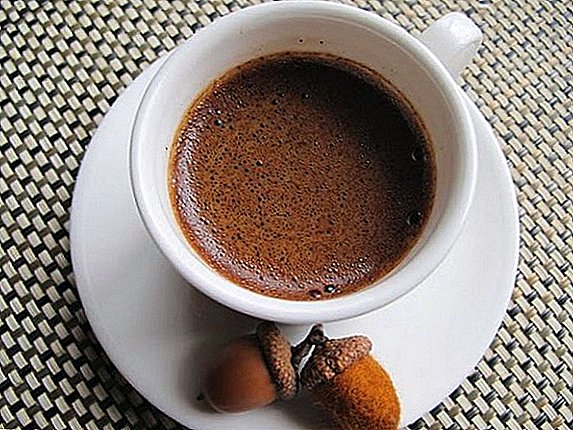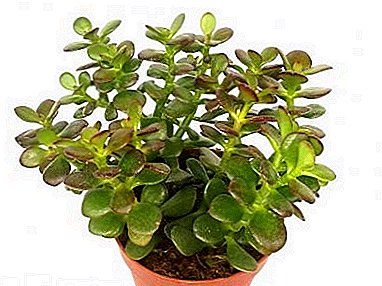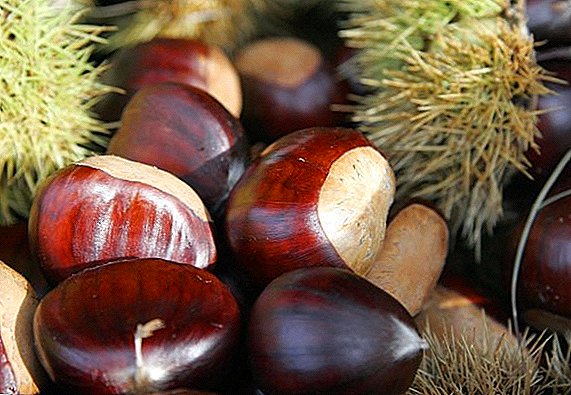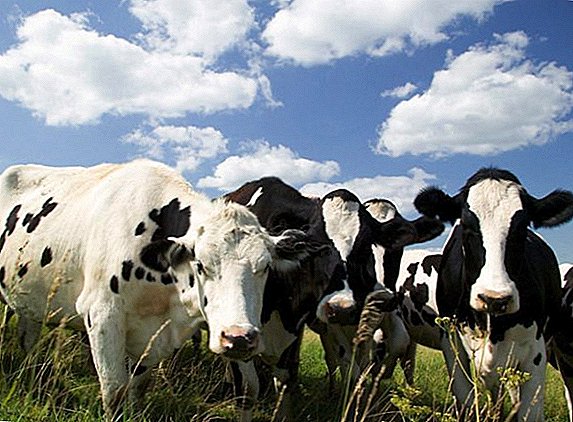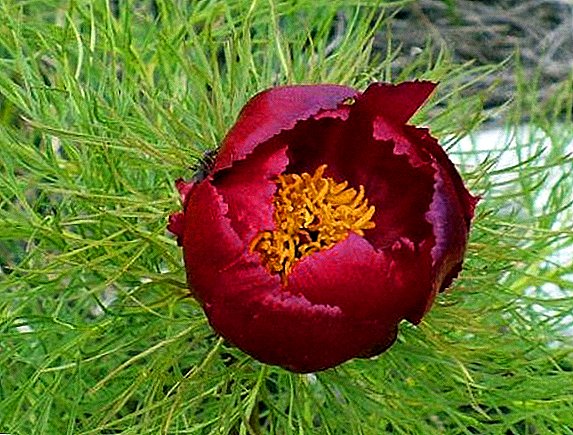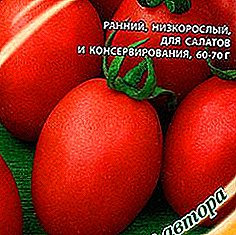 Contact fungicide "Cumulus" is a modern effective drug in the fight against certain diseases of fruit crops.
Contact fungicide "Cumulus" is a modern effective drug in the fight against certain diseases of fruit crops.
What this spectrum of action means, consumption rate and how to properly dilute and use it, will tell the instructions for use, described in detail in this material.
Active ingredient and preparative form
The active ingredient of the drug "Cumulus" - colloidal sulfur (at least 80%, 800 g / kg).  A convenient solution is its preparative form - water-dispersible granules, as well as the high activity of gaseous substances released by them.
A convenient solution is its preparative form - water-dispersible granules, as well as the high activity of gaseous substances released by them.
Did you know? The first fungicide was created in Europe (1885) by the French scientist Alexander Milliard. The chemical was used against fungal mildew attacking vineyards.
Processed crops
For many years, Cumulus has been successfully used on pear, apple and quince trees and grapevines. In smaller sizes the preparation is sprayed also for rose, currant, melon, watermelon, gooseberry, beet, cabbage and greenhouse cucumbers.
The fungicides also include Mepan, Teldor, Folicur, Fitolavin, DNOC, Horus, Delan, Glyocladin, Albit, Tilt, Poliram, Antracol "," Switch ".
Activity spectrum
Diseases that eliminate this tool: powdery mildew, rust, scab, oidium. Also, the drug can be used for the prevention of various fungal diseases. 
Benefits
Colloidal contact fungicide has some significant advantages, which allows it to stand out among other similar drugs:
- high efficiency against the infections declared in the instruction;
- acaricidal properties;
- safety in relation to the soil layer;
- profitability of consumption in use;
- inexpensive price;
- good compatibility with other fungicides and insecticides;
- minimum level of toxicity for plants;
- when using - not difficult to control the required dosage;
- action on plants not only as medicine, but also as fertilizer.
Important! Due to the fact that colloid sulfur dominates in Cumulus, which depresses parasites, ticks very quickly stop mass spreading on crops and harm them.
Mechanism of action
Due to the high release of special gaseous fumes, this fungicidal agent stops the vital activity of fungi and prevents further sprouting of their spores. 
Preparation of working solution
Before proceeding to the proper preparation of the solution (suspension), it is necessary to study some important recommendations:
- The suspension should not be kneaded in food containers. To prepare you need to take a special tank;
- the drug is added to the tank first, and then, gradually, water;
- adding water, you should constantly stir the solution, and when the mixture turns into a homogeneous suspension (it will be noticeable visually), the chemical can be considered ready.
Method of application and consumption rates
In order to understand what the rate of consumption of the fungicide and how to dilute "Cumulus" for spraying grapes and other crops, you need to refer to the special table:
| Plants | Consumption rate (kg / ha) | Disease | Method of application and terms |
| Grapes | 6,0-8,0 | Oidium | It is necessary to spray during the vegetative period: for the first time, with the manifestation of the disease, the next, with an interval of 12-14 days. Consumption of working suspension-cub. m / ha |
| Quince, apple, pear | 4,0-8,0 | Rust, powdery mildew, scab | Processing during the growing season: initially, after flowering, the following - with a time interval of 10-14 days (after the secondary treatment, it is necessary to gradually reduce the concentration). Consumption of working suspension-cub. m / ha |
| Black currant | from 20 to 30 g per 10 l of water | American powdery mildew | During the growing season 1 day / up to 3 times per season |
| Gooseberry | from 20 to 30 g per 10 l of water | American powdery mildew | During the growing season 1 day / up to 6 times per season |
| the Rose | from 20 to 30 g per 10 l of water | Mealy dew | During the growing season 1 day / 2-4 times per season |
| Beet, melon, watermelon, greenhouse cucumbers | 40 g per 10 liters of water | Mealy dew | During the growing season 1 day / up to 5 times per season |
Important! This fungicide can be used only under certain temperature conditions. The optimal range for the application of "Cumulus" - from +16 to +18 °WITH.

Period of protective action
The presented fungicide has a maximum prolongation of the protective action from one to one and a half weeks, after which the irrigation of crops should be repeated.
Toxicity
The toxicity of "Cumulus" for humans, mammals and bees is quite high (hazard level 3 classes), so when preparing a working suspension and spraying it is necessary to adhere to strict security measures:
- wear rubber gloves on your hands and a respirator on your face;
- close bare areas of the body;
- do not eat or drink during work;
- After spraying, wash hands and face thoroughly with soap and rinse mouth.
Compatibility
The colloidal drug "Cumulus" has an enhanced effect on plant diseases when compatible with other systemic fungicides:
- "Acrobat";
- "Strobis";
- "Poliram".

Shelf life and storage conditions
It is advisable to create for the contact "Cumulus" proper and reliable storage conditions:
- In a place that is blocked for children;
- Away from food, drugs and direct sunlight;
- At very wide temperature conditions - from -25 to +30 ° С.
Did you know? Back in 1000 BC. e. Homer first mentioned sulfur, with which it is possible to fumigate diseased household crops.
To buy, prepare and apply a fungicidal agent in our time is not hard, the main thing is to find the most effective and effective drug in the struggle for the health of their plants. For the first time using Cumulus and having experienced its effect in practice, you will no longer need other similar drugs.


